Park Opens on Site of Former Presidential Residence — But Not Yet Officially
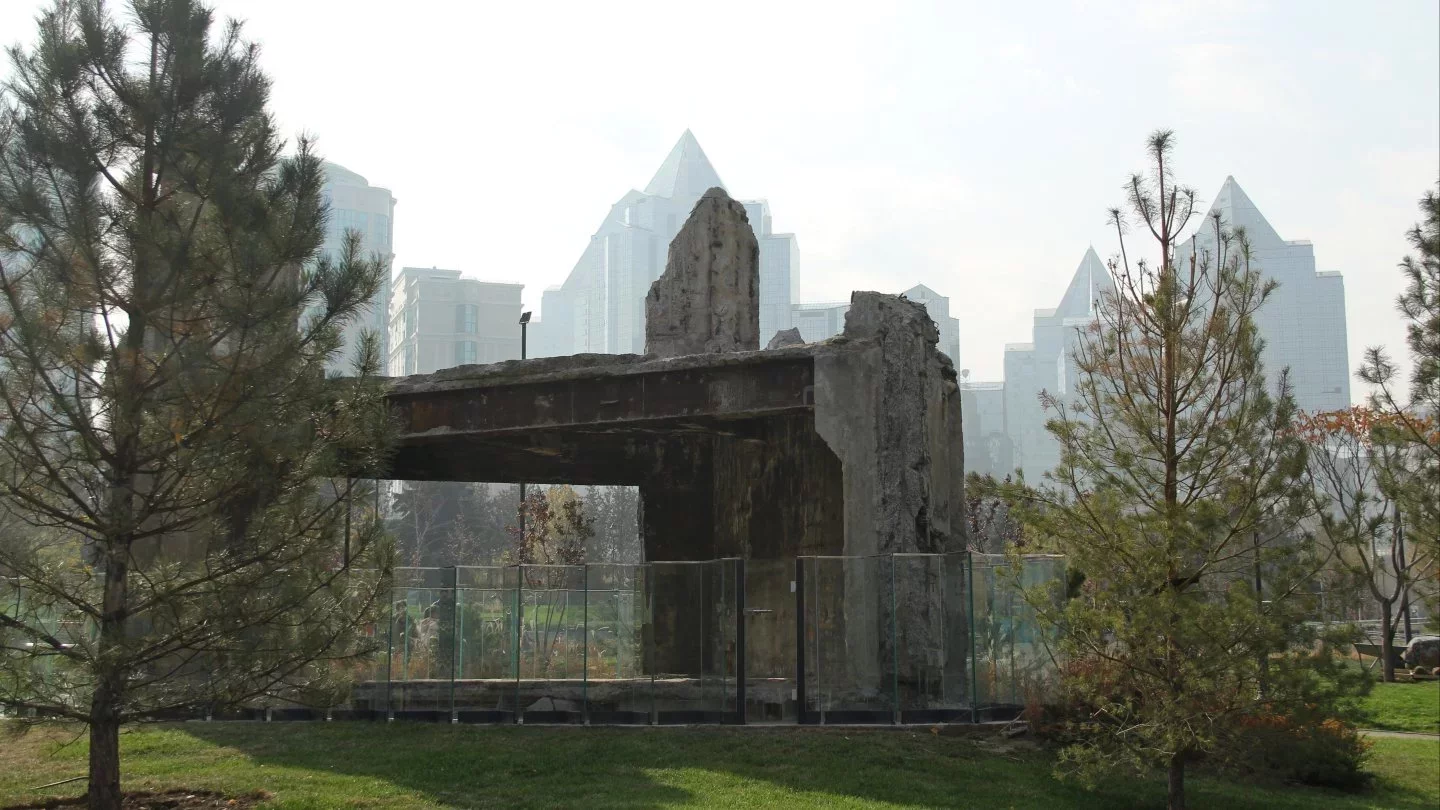 Photo: Orda.kz / Igor Ulitin
Photo: Orda.kz / Igor Ulitin
The new park built on the site of the demolished Presidential Residence in Almaty was supposed to open ahead of Republic Day — but the official ceremony has been postponed to early November.
Unofficially, however, the park quietly opened to the public over the weekend. Posts about it quickly spread across TikTok and Instagram. On the first workday morning, an Orda.kz journalist took a walk through the new park to see what it looks like.
We previously covered the history of the former Presidential Residence and the planned park back in May, when construction had just begun. In short: the building had a complicated history. It was initially designed as a branch of Moscow’s Lenin Museum, then repurposed as the presidential residence after the collapse of the USSR. Construction was finally completed in 1995.
During the events of Qantar, a vehicle was driven into the building and set on fire. The explosion and blaze severely damaged the structure, and authorities decided to demolish it and create a park in its place. In March 2022, renderings of the future park were released.
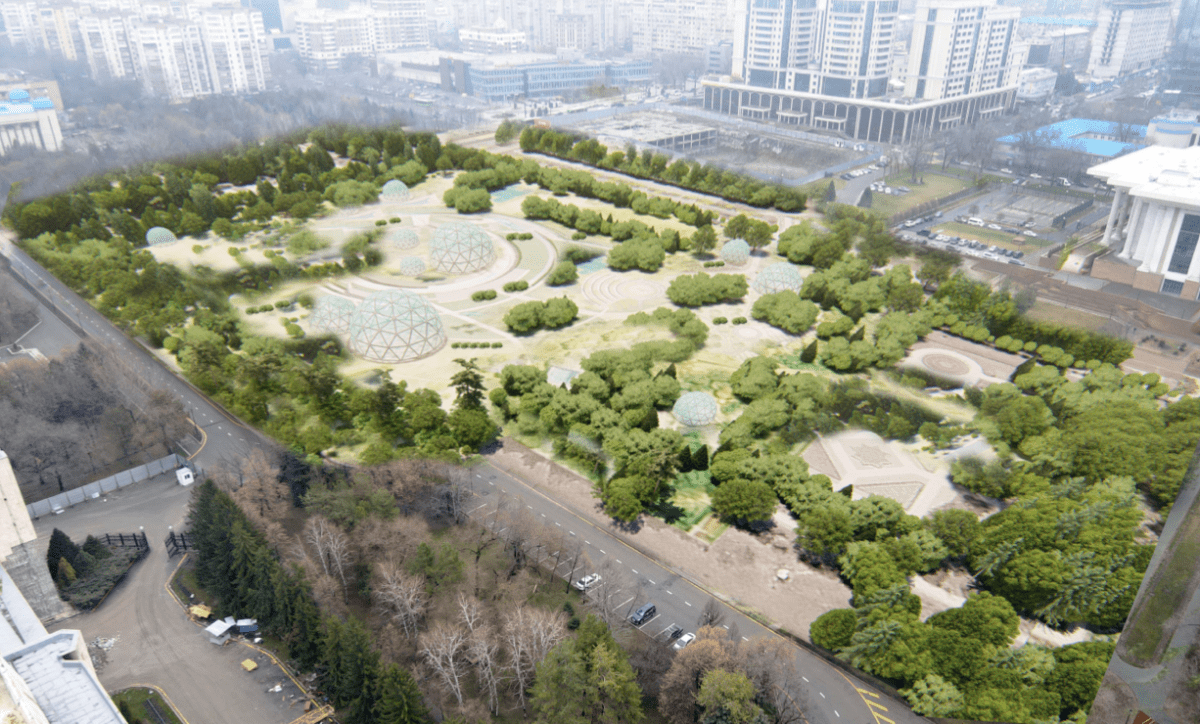
Three and a half years later, the park is nearly complete — and looks nothing like those early renderings. Perhaps that’s for the better. Let’s take a walk.
The fence appears to be the same one that surrounded the residence in its final years, though city officials said last week that it had been restored. Readers of Orda.kz had earlier spotted workers dismantling parts of it, likely for this restoration.
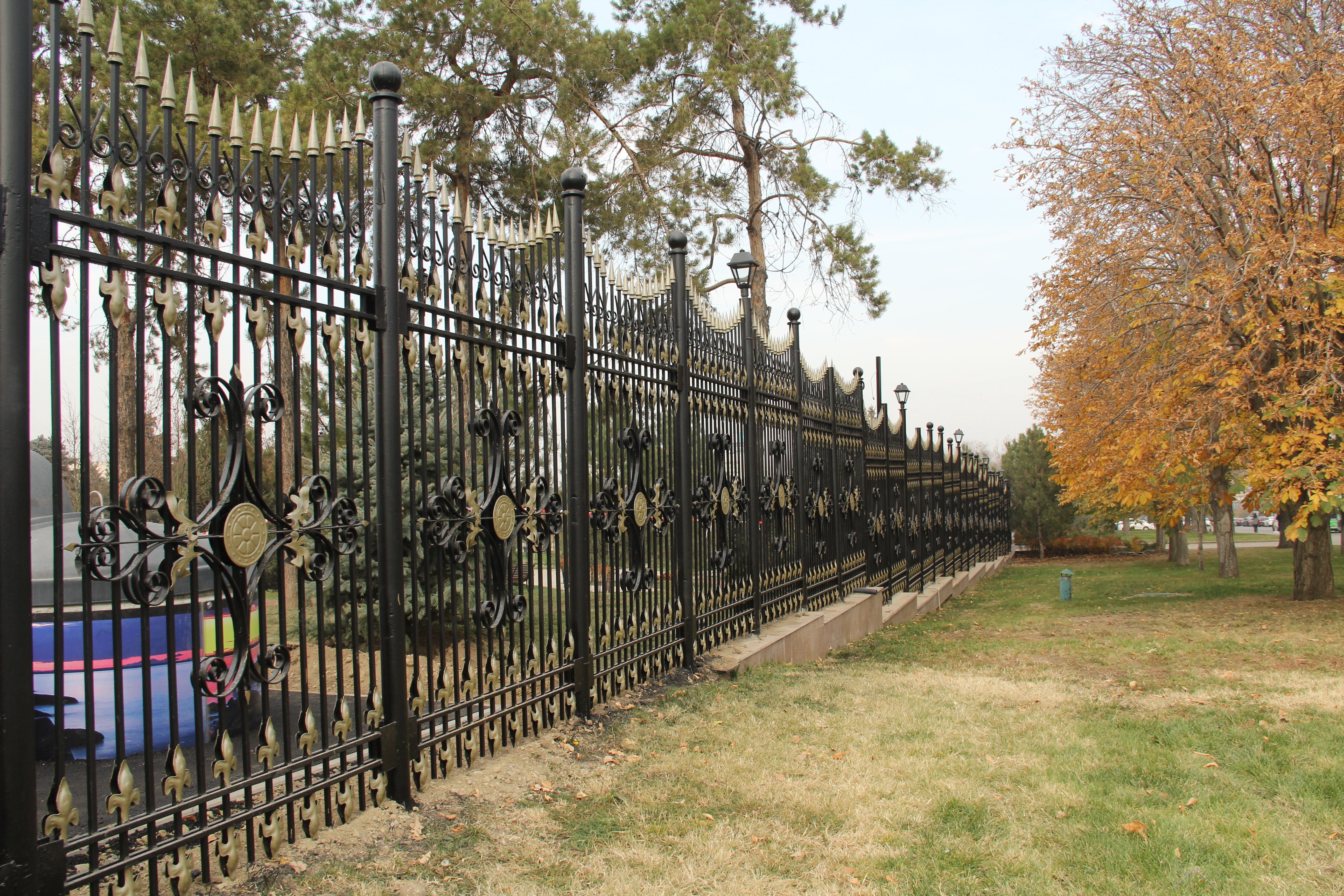
We just came in, and it looks quite nice so far. It’s a pity you can’t enter from every side. I thought there’d be an entrance from the Akimat, but there isn’t, said Marzhan, a young mother walking through the park with a stroller.
For now, visitors can only enter from Nazarbayev Avenue and Gandhi Street. There are no gates from Timiryazev or Pomerantsev streets.
Despite being unofficially open, the park is already popular among parents with young children.
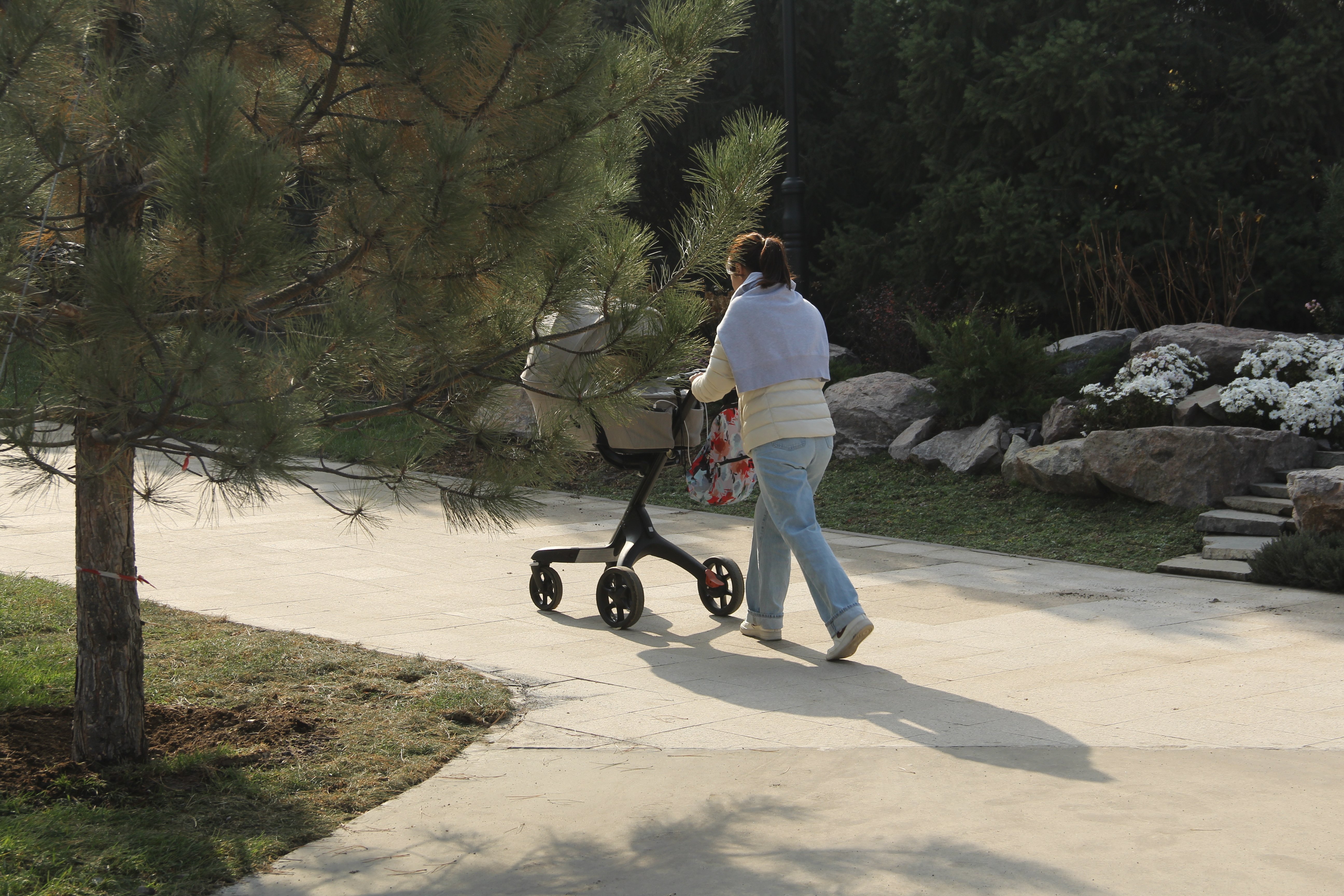
According to the Akimat’s press release, “95 coniferous and 228 deciduous trees have been planted, with another 469 conifers and 384 deciduous shrubs to be added, along with perennial flower beds.”
That seems accurate — the park has plenty of trees, including some that survived from before demolition. Their autumn colors add to the park’s charm. If the young saplings make it through winter, the area could become lush and green in five years — and even more so in twenty.


I live nearby and have been waiting for this park to open. I really like it — it’s a peaceful place for families and for the soul. They even made a pond, said Zhanna, an older resident.
Walking down the slope, one notices some unfinished details — sprinklers spraying water across the paths, for instance. Workers were visible throughout the park fixing irrigation pipes, adjusting lighting, and finishing wooden structures.


I’ve been working here for two months on landscaping. It’s already much better now — only a few details left to finish. The official opening is planned for November 5,said Damir, one of the workers.
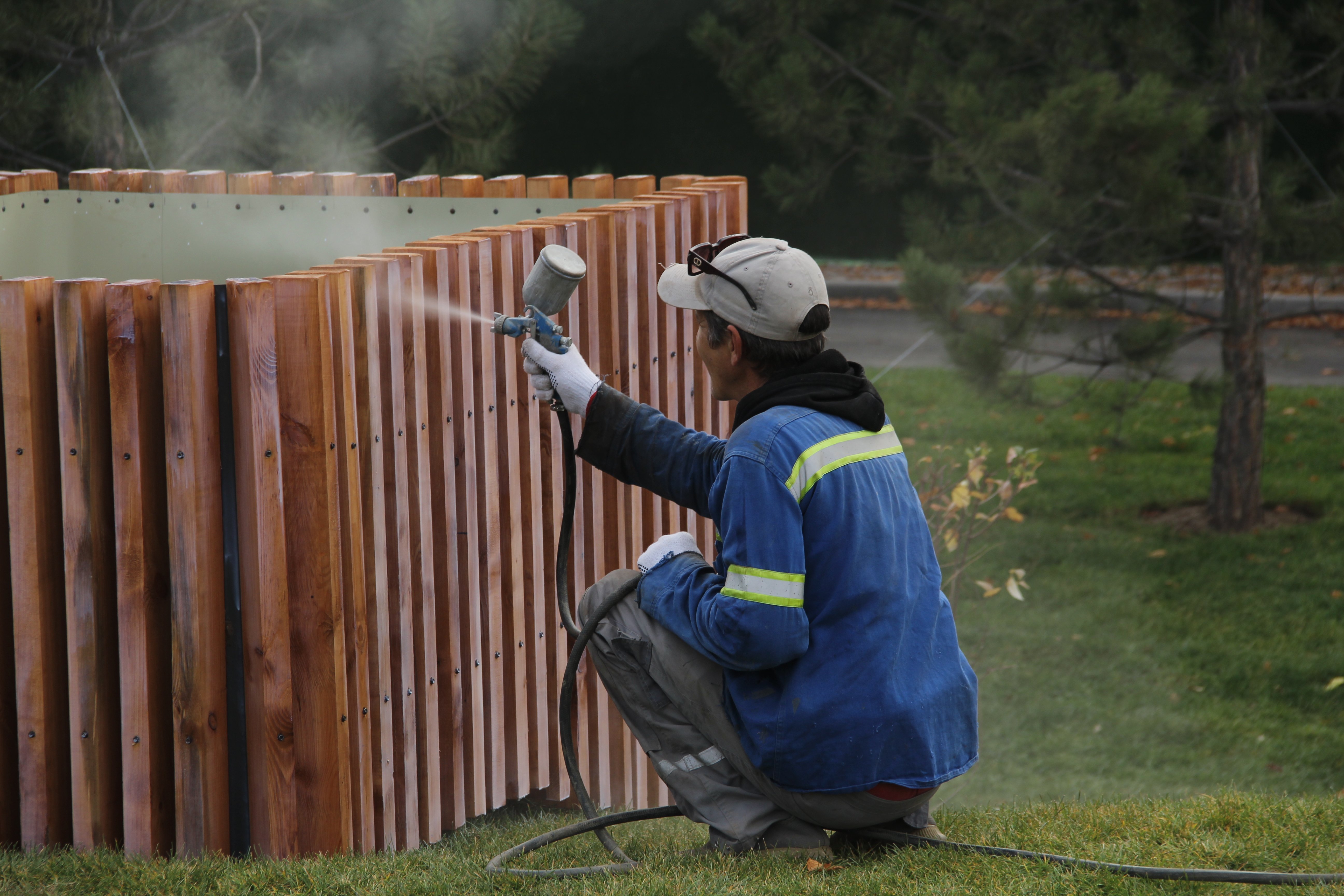
The pond indeed draws attention — though the bottom still looks a bit muddy. From one side, it reflects the Akimat building; from the other, the Central State Museum.
Most strikingly, the mirrored towers of Nurly Tau and Zheruyik residential complexes glint in its surface.
In winter, city officials say, the pond will become an ice rink.


Another notable feature is a small preserved section of the former residence — a fragment of scorched concrete, enclosed by a low glass fence, still blackened from the January 2022 fire.
It stands as a reminder of what happened here.
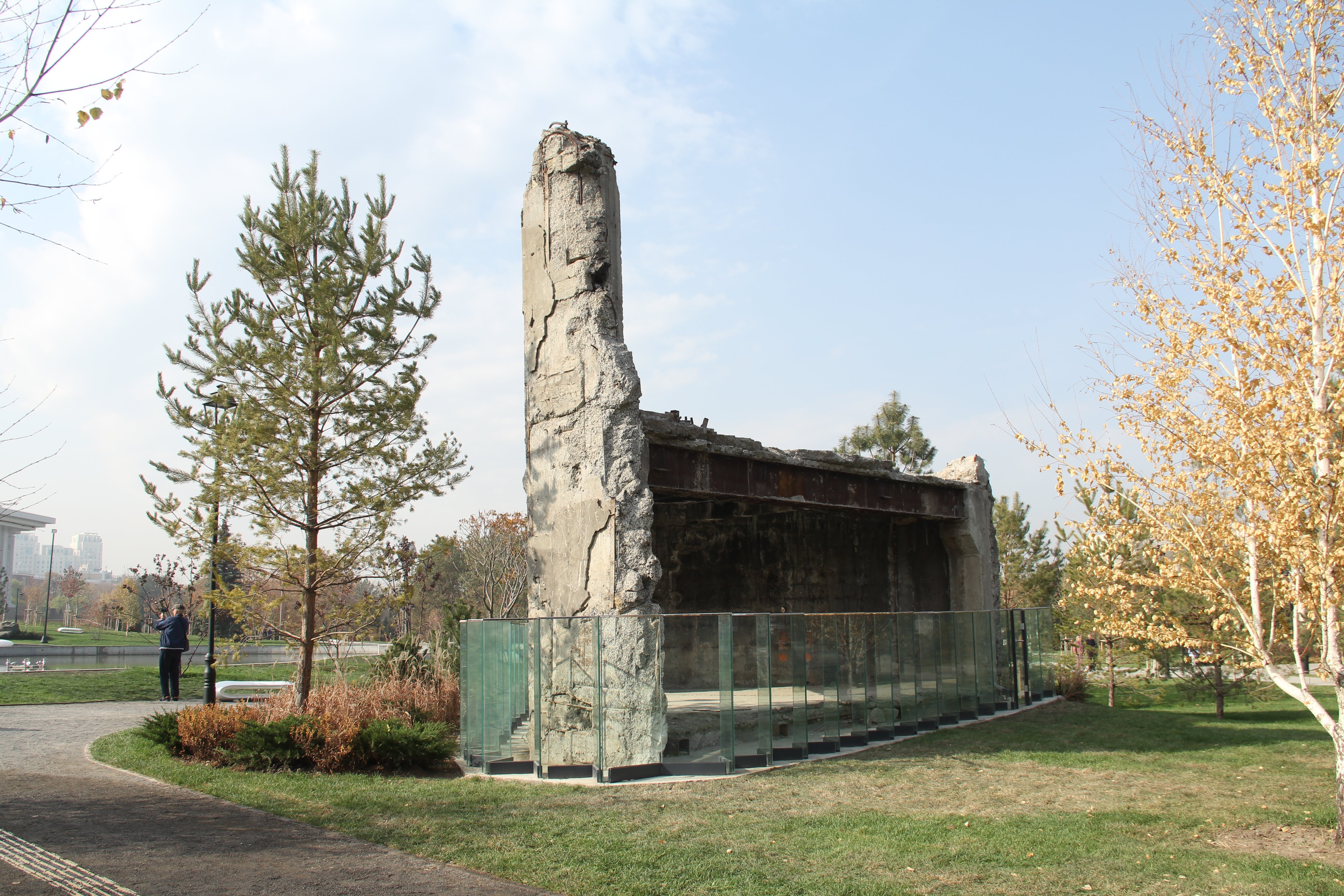
The park also features white plastic light fixtures scattered throughout — some shaped like stones, others like benches. They look fragile enough that one might worry visitors could sit on them and break them.
Higher up the hill are several wooden structures whose purpose isn’t immediately clear. One contains tiles with traditional patterns. The largest of them, still unfinished, turns out to be a public restroom.




The most talked-about part of the park so far is the ramp-bridge leading to the lower section — a small green area that existed even before construction began. Next to it is the old helipad from the residence, which remains open and accessible, at least for now.
One of the entrances from Gandhi Street leads directly to it.


A second nearby entrance is fenced off with green artificial turf instead of the usual metal sheet barrier. Behind it lies the same construction pit seen there months ago — still untouched.
Perhaps at the official opening, officials will finally reveal what’s planned for that spot.
Original Author: Igor Ulitin
Latest news
- Court in Baku Prolongs Arrest of Russians Suspected in Drug Case
- 16-Year-Old Kidnapped for Two Months in Turkistan — Police Closed Case
- Kazakhstan Plans to Reinstate Duty-Free Imports of Oil and Petroleum Products From Russia
- Majilis Passes Amendments Banning LGBT Propaganda — MP Smirnova
- Sale of Timur Kulibayev’s Caspiy Neft Not Yet Completed
- Kazakhstan Passes Law on Artificial Intelligence Introducing Liability for Deepfakes
- Lawyer Opposes Lowering Criminal Liability Age in Kazakhstan, Citing Risks for Juvenile Offenders
- Almaty: Residents Disagree Over Language of Instruction at New School No. 224
- Toqayev Ratifies Agreement Establishing CIS Center to Assess Money Laundering and Terrorism Financing Risks
- Asar Tradition: Oskemen Residents Build Bridge Together
- Yana Legkodimova: Defendants Questioned in the Homicide Case
- Three Detained After Girl Abducted Near Bus Stop in Taraz
- Park Opens on Site of Former Presidential Residence — But Not Yet Officially
- U.S. Issues Written Assurance Exempting Rosneft Germany from New Sanctions — Reuters
- Oskemen: Authorities Announce Air Quality Measures
- Prosecutor Seeks 15-Year Sentence for Khasan Kasymbayev
- Two KNB Employees and Three MIA Employees Implicated in Drug Smuggling and Money Laundering Case
- KNB Anti-Corruption Agency Investigates Officials in Turkistan Region
- Ahead of Toqayev’s Visit to Washington: U.S. Envoys Sergio Gor and Christopher Landau Visit Almaty
- Finnish President Alexander Stubb Visits Astana for Official Talks

